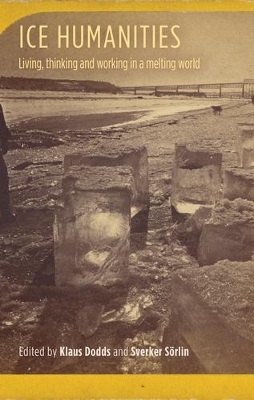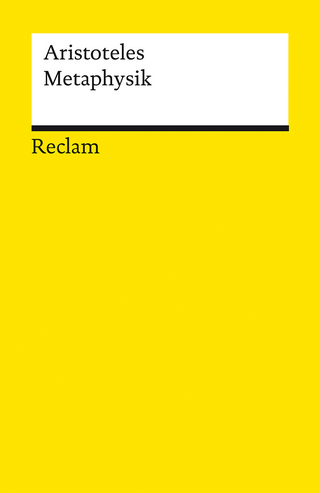
Ice Humanities
Manchester University Press (Verlag)
978-1-5261-5777-5 (ISBN)
Ice humanities is a pioneering collection of essays that tackles the existential crisis posed by the planet's diminishing ice reserves. By the end of this century, we will likely be facing a world where sea ice no longer reliably forms in large areas of the Arctic Ocean, where glaciers have not just retreated but disappeared, where ice sheets collapse, and where permafrost is far from permanent. The ramifications of such change are not simply geophysical and biochemical. They are societal and cultural, and they are about value and loss.
Where does this change leave our inherited ideas, knowledge and experiences of ice, snow, frost and frozen ground? How will human, animal and plant communities superbly adapted to cold and high places cope with less ice, or even none at all? The ecological services provided by ice are breath-taking, providing mobility, water and food security for hundreds of millions of people around the world, often Indigenous and vulnerable communities. The stakes could not be higher.
Drawing on sources ranging from oral testimony to technical scientific expertise, this path-breaking collection sets out a highly compelling claim for the emerging field of ice humanities, convincingly demonstrating that the centrality of ice in human and non-human life is now impossible to ignore.
This book is relevant to United Nations Sustainable Development Goal 13, Climate action -- .
Klaus Dodds is Professor of Geopolitics and Executive Dean of the School of Life Sciences and Environment at Royal Holloway, University of London Sverker Sörlin is Professor of Environmental History at KTH Royal Institute of Technology, Stockholm -- .
Ice humanities: living, working, and thinking in a melting world – Sverker Sörlin and Klaus Dodds
Part I: Living with ice
1 Writing on sea ice: early modern Icelandic scholars – Astrid E. J. Ogilvie
2 A moving element: ice, culture, and economy in northern and northwestern Russia – Alexei Kraikovski
3 Ever higher: the mountain cryosphere – Dani Inkpen
4 Glacier protection campaigns: what do they really save? – Mark Carey, Jordan Barton, and Sam Flanzer
5 Ice futures: the extension of jurisdiction in the Anthropocene north – Bruce Erickson, Liam Kennedy-Slaney, and James Wilt
Part II: Working with ice
6 White spots on rivers of gold: imperial glaciers in Russian Central Asia – Christine Bichsel
7 The many ways that water froze: a taxonomy of ice in nineteenth- and early twentieth-century America – Jonathan Rees
8 Drift, capture, break, and vanish: sea ice in the Soviet Museum of the Arctic in the 1930s – Julia Lajus and Ruth Maclennan
9 Waiting and witnessing at Larsen C Ice Shelf, Antarctica – Jessica O’Reilly
Part III: Thinking with ice
10 Imperial slippages: encountering and knowing ice in and beyond colonial India – Thomas Simpson
11 Negotiating governable objects: glaciers in Argentina – Jasmin Höglund Hellgren
12 Cryonarratives for warming times: icebergs as planetary travellers – Elizabeth Leane
13 Frozen archives on the go: ice cores and the temporalization of Earth system science – Erik Isberg
Index -- .
| Erscheinungsdatum | 05.07.2022 |
|---|---|
| Zusatzinfo | 31 black & white figures; 1 table |
| Verlagsort | Manchester |
| Sprache | englisch |
| Maße | 156 x 234 mm |
| Gewicht | 617 g |
| Themenwelt | Geisteswissenschaften ► Geschichte |
| Geisteswissenschaften ► Philosophie ► Metaphysik / Ontologie | |
| Naturwissenschaften ► Biologie ► Ökologie / Naturschutz | |
| ISBN-10 | 1-5261-5777-2 / 1526157772 |
| ISBN-13 | 978-1-5261-5777-5 / 9781526157775 |
| Zustand | Neuware |
| Informationen gemäß Produktsicherheitsverordnung (GPSR) | |
| Haben Sie eine Frage zum Produkt? |
aus dem Bereich


